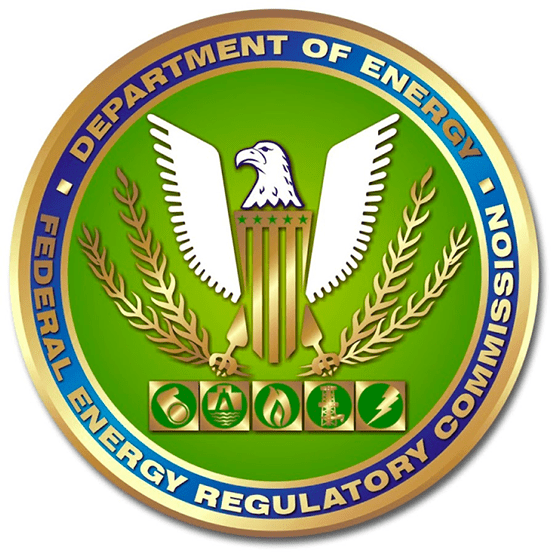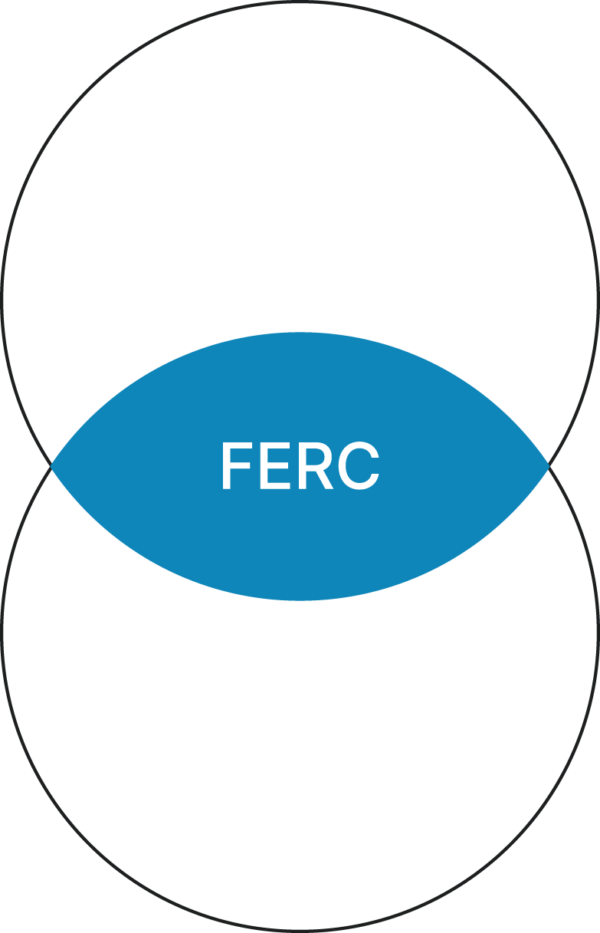Federal policy

Federal policy
Despite their many advantages, microgrids face significant barriers to widespread implementation. As a fundamental complication, microgrids face often conflicting regulation at the federal, state and local levels. The MRC promotes industry growth through targeted legislative and regulatory advocacy efforts that reduce regulatory barriers, increase resiliency and allow for customer choice.
The Federal Energy Regulatory Commission (FERC) recognizes that distributed energy resources (DERs) such as microgrids, even though they are generally located behind the meter on the distribution system, provide services that substitute for and compete with the services of wholesale generation.
While microgrid customers generally purchase power at retail rates, either from utilities or, where allowed, competitive load serving entities regulated by state public utility commissions (PUCs), when they sell power or other services, with limited exceptions, they do so at wholesale rates subject to FERC jurisdiction.

FERC will be at the center of many critical emerging transitions in the energy industry, often in areas where federal and state jurisdiction overlap, and the boundaries of the Federal Power Act are being tested.
RTOs and ISOs are being asked to play a role in the decarbonization of our electric grid. By siting DERs close to customers the need to invest in costly and sometimes dangerous transmission is reduced.
New clean power resources are available through customer and community investment.If the DERs are microgrids, they provide local resilience as well. There are fundamental choices to be made in grid architecture, and FERC jurisdiction will be implicated both in transmission planning and in the evolution of utilities into distribution system operators (DSOs) that manage energy transactions at the distribution level.
These two trends merge with the electrification of buildings and transportation. Microgrids are the way to manage both building and EV battery loads, along with generation and storage resources, in ways that are responsive to DSO, ISO, and RTO markets. They present an opportunity to reduce ratepayer cost while increasing local customer safety and reliability.
